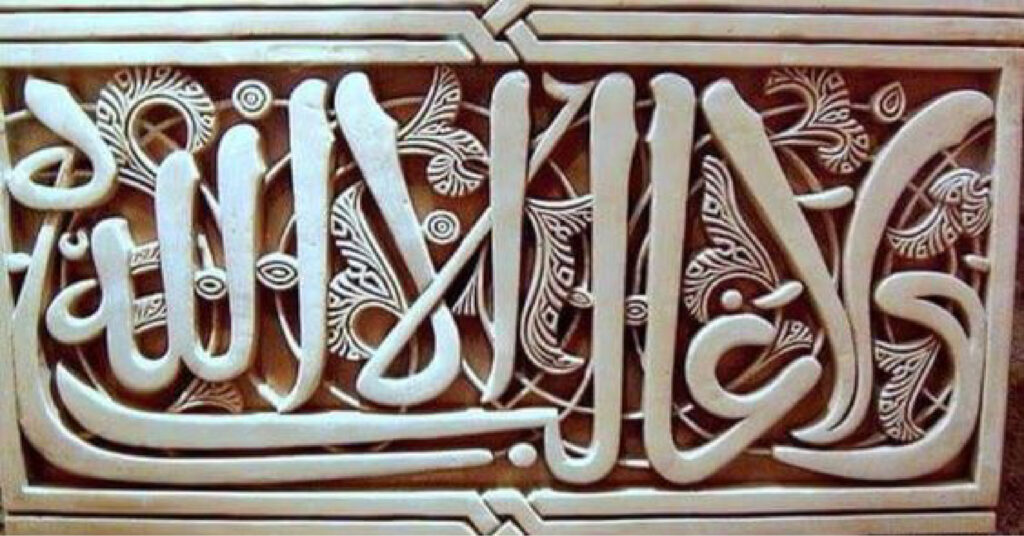The Evolution of Arabic Calligraphy: History and Development
Arabic calligraphy is a mesmerizing art form that has flourished for centuries, embodying the cultural, spiritual, and artistic essence of the Arab and Islamic worlds. More than just a means of communication, it represents a profound artistic discipline that reflects the values and heritage of Islamic civilization. This article explores the history of Arabic calligraphy, its key stages of development, and its lasting significance in contemporary art and design.
Origins of Arabic Calligraphy
Arabic calligraphy originated in the early Islamic era in the 7th century CE. Before the advent of Islam, the Arabic script existed in an early or rudimentary form influenced by the Nabataean script used in northern Arabia and Petra (modern-day Jordan). With the rise of Islam, the Arabic script gained newfound importance, as the Quran was revealed in Arabic, which elevated the script to a sacred status.
Muslim scribes refined Arabic calligraphy to preserve the Quran with precision and reverence. This transformation turned it into an esteemed art form that became deeply embedded in religious, cultural, and artistic traditions. As a result, distinct styles began to emerge and evolve over time.
The Early Stage: The Kufic Script
One of the earliest and most significant Arabic calligraphy styles is Kufic, named after the city of Kufa in modern-day Iraq. It features angular, geometric structures and strong lines. Artists and scribes used Kufic extensively for transcribing the Quran and decorating architectural structures from the 7th to the 11th centuries.
Kufic’s bold and legible nature suited monumental inscriptions on mosques, palaces, and coins. Over time, artists introduced variations such as Floriated Kufic, which included floral motifs, and Square Kufic, which emphasized geometric symmetry.
The Emergence of Cursive Scripts
As Arabic calligraphy developed, artists introduced more fluid and dynamic styles that offered greater versatility and artistic expression. The most notable among these are Naskh, Thuluth, and Diwani scripts.
1. Naskh Script
Created in the 10th century, Naskh became one of the most widely used Arabic scripts due to its clarity and readability. With smooth, rounded letters, Naskh became the standard script for transcribing the Quran and official documents. Today, publishers and designers continue to use Naskh in Arabic print media, books, and digital typography.
2. Thuluth Script
Thuluth, which means “one-third” in Arabic, emerged in the 7th century and underwent refinement over time. Artists admire Thuluth for its large, curved letters and intricate decorative elements. It commonly appears in architectural inscriptions, Quranic verses, and ornamental calligraphy. Many mosques display Thuluth script on domes and walls, blending it with Islamic geometric art.
3. Diwani Script
Calligraphers developed the Diwani script during the Ottoman Empire in the 16th century. Officials used it for royal decrees and state documents. This elaborate and highly ornamental script features interwoven letters and fluid strokes. Because of its decorative nature, Diwani continues to appear in high-end calligraphic art and ceremonial design.
Arabic Calligraphy in Islamic Art and Architecture
Throughout history, Arabic calligraphy has played a central role in Islamic art and architecture. Due to religious restrictions on depicting human and animal figures in sacred contexts, artists relied on calligraphy as a dominant decorative element. Quranic inscriptions adorn mosques, palaces, and tombs, blending harmoniously with geometric and arabesque patterns.
The Dome of the Rock in Jerusalem, built in the late 7th century, showcases Kufic inscriptions on both its interior and exterior. Similarly, the Alhambra in Spain displays stunning examples of Thuluth and Kufic calligraphy, highlighting the artistic achievements of Islamic civilization.
Arabic Calligraphy in the Modern Era
Arabic calligraphy continues to thrive in the digital age as both a traditional and modern art form. Contemporary artists integrate calligraphy into graphic design, branding, and mixed-media artworks, expanding its aesthetic potential.
Vector-based design tools allow artists to create intricate digital calligraphy while preserving traditional elegance. As a result, Arabic calligraphy has found new life in fashion, product packaging, and corporate branding.
Conclusion
The history of Arabic calligraphy highlights its enduring artistic and cultural significance. From the structured elegance of Kufic to the flowing beauty of Naskh and Diwani, calligraphy continues to evolve while preserving its spiritual and aesthetic essence.
Whether engraved on mosque walls or reimagined in modern art, Arabic calligraphy remains a living tradition that connects generations. As artists and designers push its creative boundaries, this timeless art form will continue to inspire and captivate audiences around the world.

